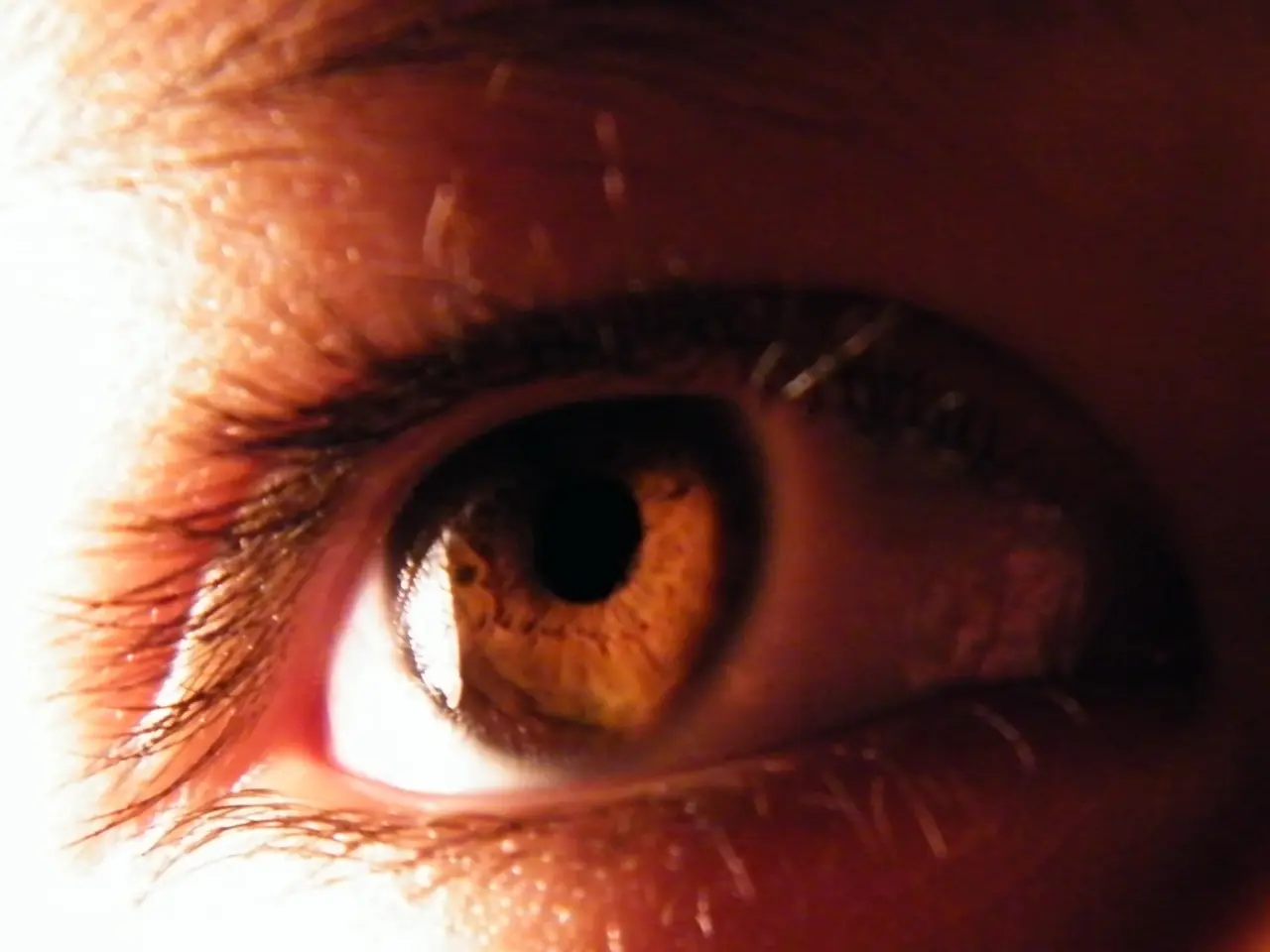Melanin: Understanding its Role, Advantageous Effects, and Further Facts
In the realm of skin health, melanin, a pigment-producing substance, plays a crucial role. This natural compound is responsible for the colour of our hair, eyes, and skin.
Melanin offers protection against reactive oxygen species (ROS) that can cause cellular damage and stress, potentially linked to aging, cancer, and diabetes. However, it's essential to note that there does not appear to be a safe way to increase the amount of melanin in the skin, as tanning is not a safe method and increases the risk of developing skin cancer.
Genetics plays a dominant role in determining the amount of melanin in a person's skin, and production varies among individuals due to genetics and other factors. People with dark skin produce more melanin than those with light skin.
Melanin is produced by melanocytes, cells in the epidermis, and there are two types: eumelanin and pheomelanin. Eumelanin protects the skin from UV light, while pheomelanin does not. Pheomelanin is responsible for the pinkish colour of certain body parts like lips, nipples, vagina, and penis glans.
Excessive melanin production leads to hyperpigmentation, causing darkened patches or spots on the skin, while insufficient melanin results in hypopigmentation, characterised by lighter or pale areas. Both conditions affect skin health by disrupting normal pigmentation and can also impact psychological well-being due to changes in appearance.
Hyperpigmentation commonly arises from overactive melanocytes producing excess melanin triggered by factors such as UV exposure, hormonal changes, inflammation (e.g., acne), or certain medications. This overproduction can cause conditions like melasma, age spots, and post-inflammatory hyperpigmentation. Hypopigmentation can result from impaired melanin synthesis or loss of melanocytes, leading to conditions such as vitiligo or albinism.
Treatment options for hyperpigmentation focus on reducing melanin production, accelerating skin cell turnover, and protecting skin from further damage. These include topical depigmenting agents like hydroquinone, azelaic acid, kojic acid, tranexamic acid, and natural extracts such as tea leaf catechins that inhibit tyrosinase (a key enzyme in melanin synthesis). Chemical peels (e.g., Cosmelan, Mesopeels) and laser therapies also help remove pigmented cells and improve skin tone. New treatments, like Innovyal Lightening, combine enzyme inhibitors, antioxidants, and exfoliants to reduce dark spots and encourage collagen production for firmer skin.
For hypopigmentation, treatment is more challenging and less standardized, often involving light therapy, topical immunomodulators, or repigmentation strategies depending on the underlying cause. Protecting hypopigmented skin from sun damage with sunscreen is essential since melanin normally offers UV protection.
Depending on what is causing the hypopigmentation, there are some treatment options available, such as using sunscreen and phototherapy for vitiligo treatment. Foods high in antioxidants, such as garlic, bay leaf, cinnamon, red chili, and pomegranate, may have the potential to help the skin defend itself from UV damage.
Managing pigmentation disorders involves a combination of inhibiting abnormal melanin production (for hyperpigmentation), promoting skin renewal, and protecting skin health to restore an even tone and appearance.
Science and health-and-wellness are intertwined in the realm of skin care, as pigmentation disorders such as hyperpigmentation and hypopigmentation significantly impact skin health. Adopting approaches that manage pigmentation disorders, including inhibiting abnormal melanin production, promoting skin renewal, and protecting the skin from further damage, can contribute to improved health-and-wellness through restored skin tone and appearance.




